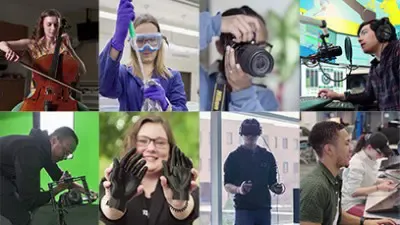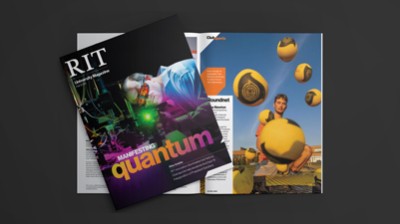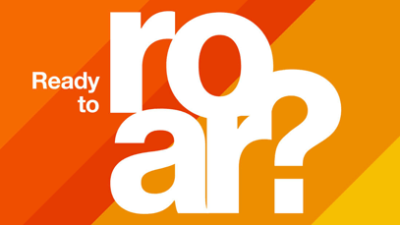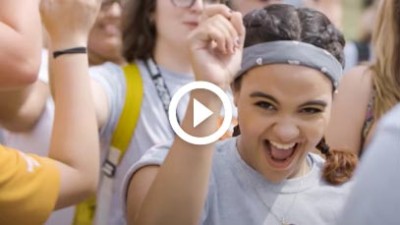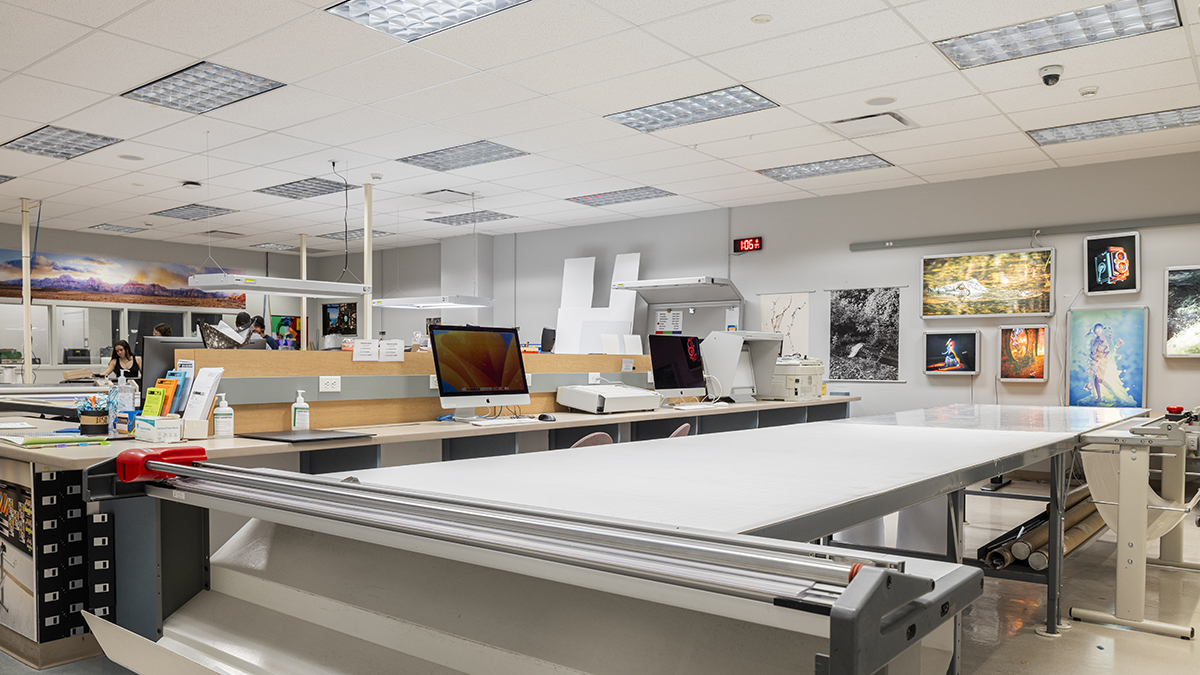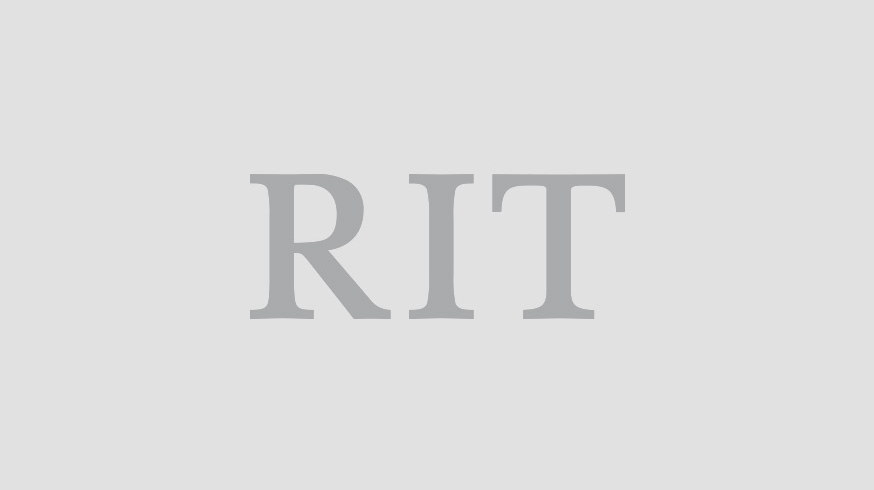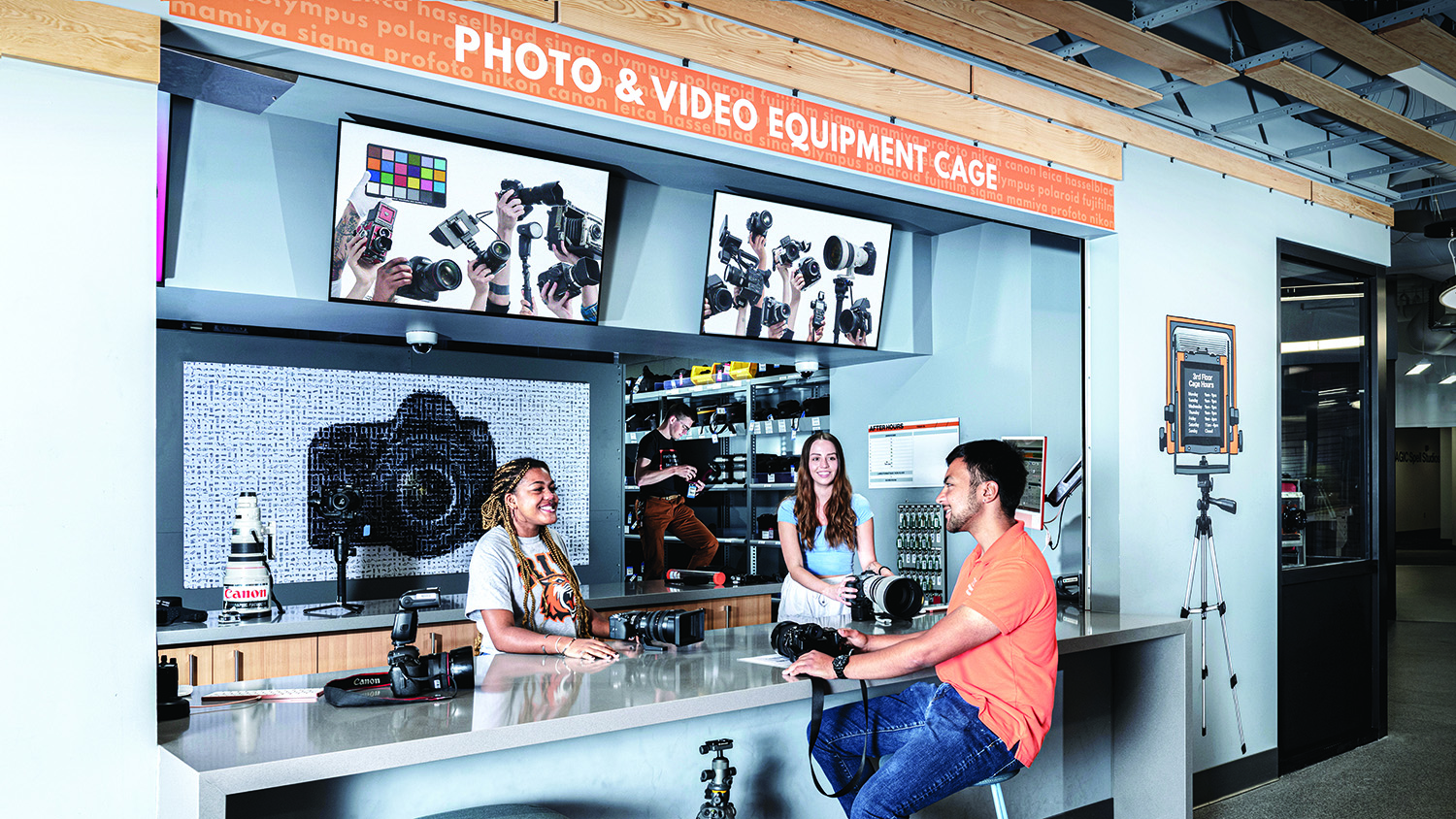Photography Minor
- RIT /
- Rochester Institute of Technology /
- Academics /
- Photography Minor
Featured Work and Profiles
-
RIT x Magnum Visual Storytelling Course
Gregory Halpern, Ahndraya Parlato In the summer of 2025 at RIT, Ahndraya Parlato and I launched “A Short Course in Visual Storytelling,” a new collaboration between RIT and Magnum Photos.
Read More about RIT x Magnum Visual Storytelling Course -
RIT Pulitzer Prize Legacy: David Carson '94
David Carson '94 was part of the photography staff of the St. Louis Post-Dispatch honored with a Pulitzer Prize for its coverage following the police shooting of Michael Brown, an unarmed black...
Read More about RIT Pulitzer Prize Legacy: David Carson '94 -
Photographing a who's who of celebrities
Kwaku Alston '94 (photography) was named RIT's Outstanding Alumnus for 2024-25 for his highly notable portraits of the likes of the Obamas, Beyoncé, Brad Pitt, Chadwick Boseman and LeBron James.
Read More about Photographing a who's who of celebrities -
'Triad of Learning': Merging Photography, Design and Marketing
Jess Campbell, a 2019 visual media alumna, has worked with numerous direct-to-consumer personal care brands, primarily directing and curating campaigns for product launches. Campbell credits the ...
Read More about 'Triad of Learning': Merging Photography, Design and Marketing -
Pulitzer Prize Legacy
William Snyder RIT photojournalism alumni have a strong legacy of journalistic excellence, highlighted by the many Pulitzer Prizes they have been recognized with.
Read More about Pulitzer Prize Legacy -
Short Attention Span Film Festival 2023
RIT's Short Attention Span Film Festival is a showcase of moving media projects by students from a variety of majors in the College of Art and Design. Submission include animations (2D, 3D and stop...
Read More about Short Attention Span Film Festival 2023
Curriculum for 2025-2026 for Photography Minor
Current Students: See Curriculum Requirements
Related News
-
December 15, 2025

Faculty duo highlights global health equity with documentary series
Associate Professors Josh Meltzer and Jenn Poggi worked with Special Olympics and the Golisano Foundation to produced videos celebrating health leaders dedicated to improving the health and well-being of people with intellectual and developmental disabilities.
-
September 24, 2025
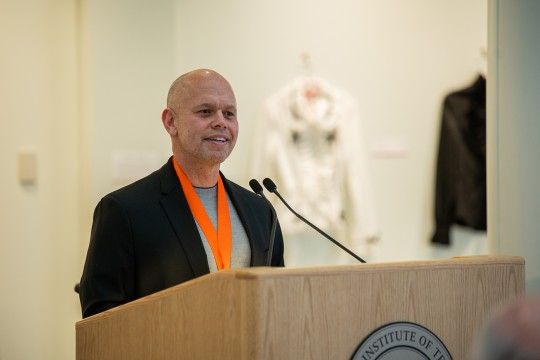
New School of Film and Animation director, faculty roles for 2025-26
Ricky Figueora taking over as the new director of RIT's School of Film and Animation headlines exciting promotions and additions to the College of Art and Design faculty.
-
June 2, 2025

Michael Peres reflects on his 39 years at RIT
After 39 years of teaching in RIT’s School of Photographic Arts and Sciences, Professor Michael Peres looks toward retirement and fondly recalls the memories he’s made on campus.
Contact
- Nate Rohman
- Academic Advisor
- Dean’s Office
- College of Art and Design
- 585‑475‑5760
- nmrpgd@rit.edu
School of Photographic Arts and Sciences
